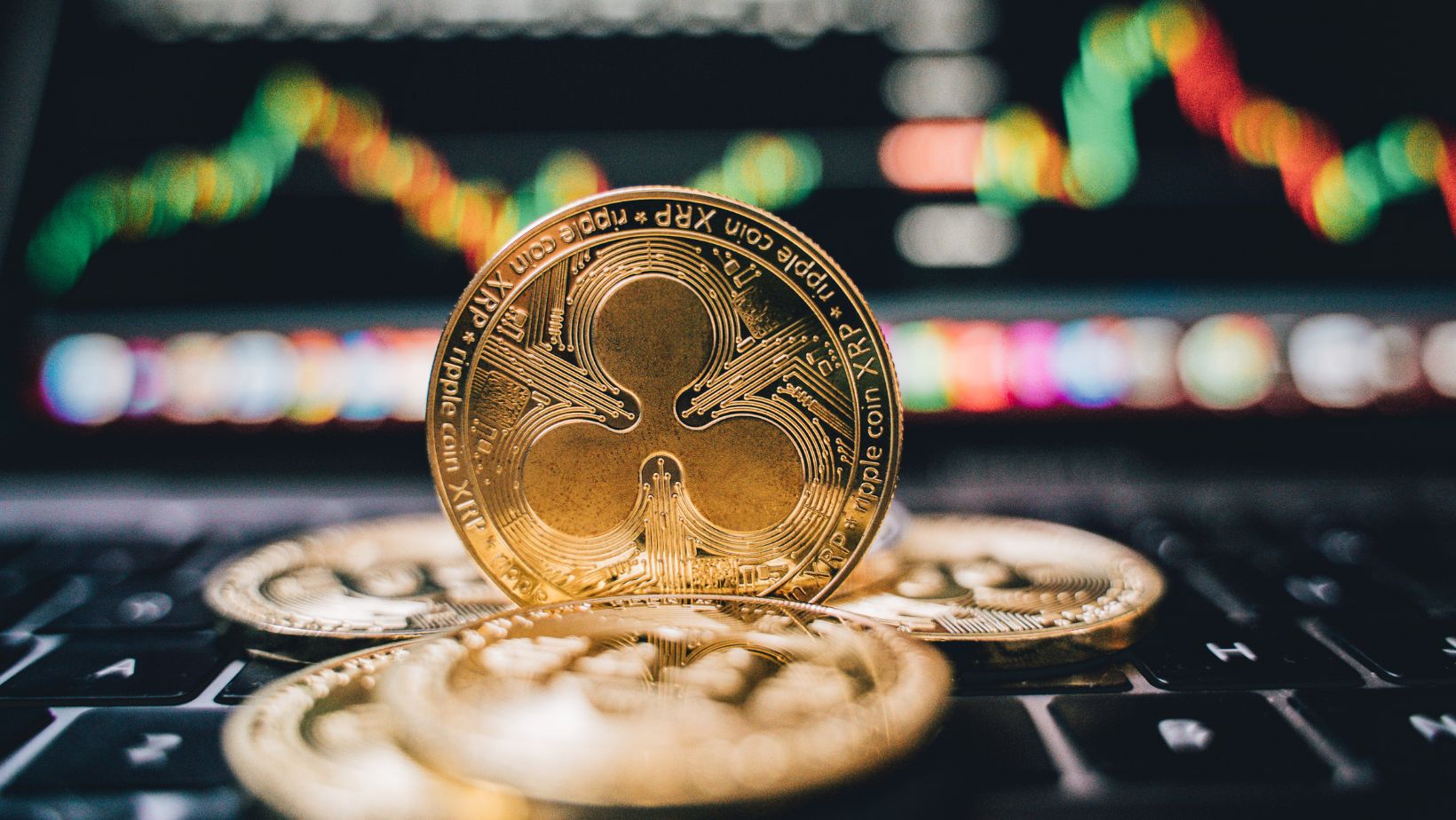Global e-commerce payments are expected to surpass $8.7 trillion by 2026. This growth has been fueled by various e-commerce payment systems available to businesses and consumers. These payment systems enable businesses to accept payments online and provide different features and benefits. This article explores the most common types of e-commerce payment systems and their impact worldwide.
Why Do E-commerce Payment Systems Matter?
E-commerce payment systems are digital pathways that allow the transfer of funds between consumers and merchants. Think of these systems as virtual cash registers, letting us transact seamlessly from our devices. They connect global buyers and sellers, creating a marketplace without borders.
Digital Wallets
Digital wallets, including Apple Pay, Google Pay and PayPal have become very popular. They let users securely store payment information and make transactions with ease. In 2020, digital wallets matched credit cards in popularity as the top online payment method in the U.S. for the first time, according to Statista and Worldpay. This trend will certainly be sustained.
By 2023, digital wallets held a 48.1% market share, with expectations to grow to 60% by 2026. This increase is due to more people using smartphones and simple apps worldwide. Digital wallets offer fast, secure, and convenient transactions, making them appealing to many users.
Credit and Debit Cards
Credit and debit cards remain popular choices for online payments. In 2023, credit cards made up 20.0% of global e-commerce transactions, although this share is expected to decline to 18.1% by 2026. The decline is attributed to the increase in digital wallets and merchants’ increasing acceptance of these newer payment methods.
Debit cards accounted for 12% of e-commerce transactions in 2023, a figure projected to stay stable by 2026. Debit cards offer the same buyer protection as credit cards but only allow customers to spend what they have in their accounts. Both credit and debit cards are popular because of their familiarity, ease of use, and wide acceptance.
Bank Transfers
Bank transfers enable customers to send money directly from their bank accounts to a merchant. In some regions, this payment method is highly favored. For example, in Europe, 45% of e-commerce payments were made through bank transfers in 2020, according to the European Central Bank. This popularity was partly driven by the COVID-19 pandemic and lockdowns.

Globally, bank transfers made up about 9.9% of the market share in 2022 and are expected to decrease slightly to 8.8% by 2026. They are usually perceived as a cheaper and more reliable payment method compared to credit cards.
Purchase Now, Pay Later (BNPL)
Buy now, pay later (BNPL) is a growing payment trend. The transaction volume is expected to hit $725.36 billion by 2030. BNPL allows customers to split a purchase into smaller payments over time. It offers a flexible way to pay for products, making it attractive to many consumers. However, if not managed responsibly, BNPL can lead to debt.
Mobile Payments
Mobile payments allow users to pay with their phones, using methods such as voice commands, near-field communication (NFC) and QR codes. This payment type is gaining traction because of its convenience. Some of the key benefits of this banking method include convenient payments and secure transactions. However, not all merchants accept mobile payments.
Cash on Delivery (COD)
Cash on delivery (COD) is where the customer pays for an item when it is delivered. While this is common in some regions, it accounted for only 2% of global e-commerce transactions in 2022. COD can be inconvenient as customers must wait for delivery before paying.
Cryptocurrency
Cryptocurrencies like Bitcoin and Ethereum offer a decentralized and innovative approach to e-commerce payments. These are digital coins that enhance security through cryptography. Cryptocurrencies are unique because no central authority controls them. Therefore, even the government cannot interfere with them.

Although cryptocurrency is still not widely used for e-commerce, it is slowly gaining traction. In 2023, cryptocurrency payments accounted for approximately $11 billion in e-commerce transactions. The use of cryptocurrency in e-commerce may grow as more people and businesses become comfortable with it.
Choosing a Payment System
Finding an ideal e-commerce payment system is a strategic decision that depends on several factors. Businesses must consider evolving consumer preferences, industry trends, and their specific needs when choosing the best system.
Target Audience Demographics
Understanding your audience is crucial. Each age group has a unique payment option. Younger customers often prefer digital wallets and cryptocurrencies, while older shoppers may favor credit cards or bank transfers. Offering the payment options that your customers prefer can improve satisfaction and sales.
Industry Type and Complexity
The nature of your business also affects your choice. High-venture eCommerce sites such as online casinos may need a variety of highly secure banking options. When playing at online casinos for real money, players prefer using safe payment methods such as credit cards and eWallets such as PayPal. On the other hand, lower-risk businesses can benefit from mobile payments or BNPL, which make buying more convenient.
Regional and Cultural Variations
Payment preferences can vary greatly by region. For example, digital wallets are popular in Asia, while Europeans may prefer bank transfers. Cash on delivery is still common in some parts of Africa and the Middle East. Adapting to local preferences can help build trust and make transactions smoother.
Transaction Speed and Convenience
Fast and convenient payment methods improve customer experience. Digital wallets and credit cards offer quick processing, while bank transfers and cryptocurrency payments may take longer. Choosing the right mix of speed and convenience for your customers can help meet their needs.
Security Measures
Security is a major concern for online payments. Consumers look for payment methods with strong security features, such as encryption and fraud protection. Choosing payment systems that prioritize security can protect customer information and enhance your brand’s reputation.
Bottom of Form





















